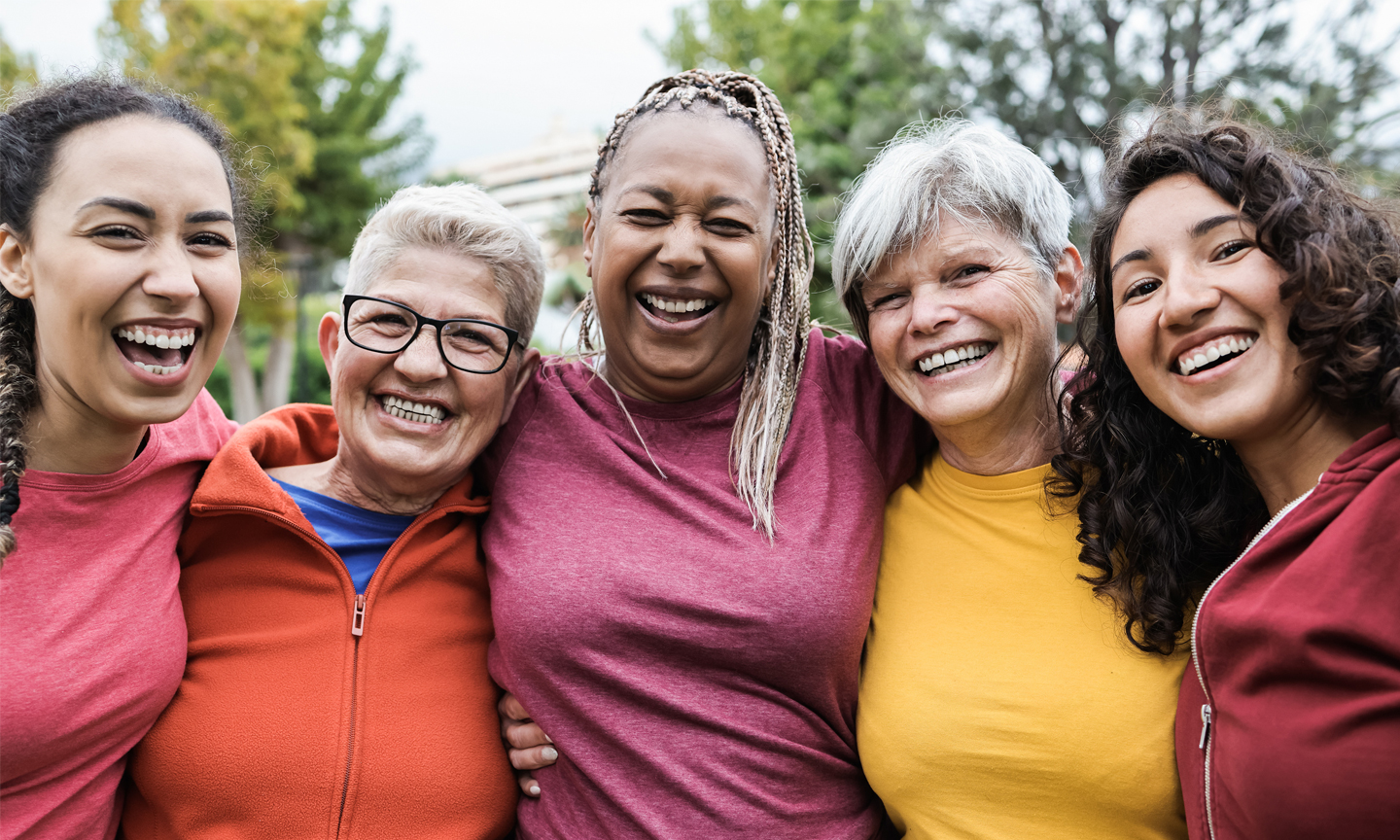While emotional brand experiences were a huge focus for the 2018 digital landscape, accessibility is increasingly front-and-center in conversations about customer experience (CX).
According to Matt May, head of inclusive design at Adobe, “Accessibility is the goal to ensure that products support each individual user’s needs and preferences.” His definition intentionally avoids specifying people with disabilities as the target. Instead, it’s about how your product or service fits your customer, no matter their situation.
Artificial intelligence, virtual reality, and voice technology might be heralded as the future of customer experience. But if customers can’t see, hear, or interact with your brand, those edgy CX features won’t capture or retain them. Designing and building experiences with a focus on accessibility is the ultimate customer-first investment, with marketing benefits as a nice upside.
Benefits of designing accessibility-first
If your CX strategy doesn’t include accessibility, remember the adage,“Essential for some, useful for all.” This phrase, which is well known in both digital and physical communities that prioritize accessibility, proves why designing for inclusion is key when building customer experiences.
Roughly 15-20% of U.S. website users have a disability, including blindness and colorblindness, dyslexia and learning disabilities, autism, deafness, and physical disabilities. For these people, digital accessibility is essential, so an inaccessible experience means failing to meet the needs of 20% of your audience.
This is a huge missed opportunity for your business. In fact, the combined spending power of this market segment is $220 billion, making that missed opportunity enormous. Not to mention the potential consequences; inaccessibility is illegal – and accessibility lawsuits are increasing.
The good news is that designing accessibly provides additional opportunities to deliver all customers a better experience.
By nature, accessible websites are more usable and, in turn, get more traffic. A better user experience also means a lower bounce rate, higher conversion, and more positive feedback, which can make your site rank higher in search engines.
Plus, while “accessibility” usually refers to making the world easier and more equitable for that 20% of people with disabilities, it goes beyond that. Your customers have varying needs that stem from permanent, temporary, and situational circumstances. Creating a “useful for all” experience means increasing engagement with the 80% of your audience that doesn’t have a disability.
Accessibility features also improve CX for non-disabled customers
Many of the features and design elements (such as link and button size, keyboard compatibility, and voice recognition) covered by the WCAG guidelines for digital accessibility don’t just improve the experience for people with disabilities. They’re human-centric and help your customers interact with your company regardless of environment.
For example:
- Simple layouts help customers with slower internet speeds (both in rural areas and globally)
- Text-to-speech supports auditory learners and the elderly
- Clear navigational design benefits newcomers to technology – or those who have recently switched from iPhone to Android, for instance
- High color contrast assists with reading screens in bright light
- Video captions attract users who watch content in public without earphones (remember: Facebook’s news feed algorithm favors video content, and most users watch with sound off)
In short, accessible customer experiences are good customer experiences – for everyone. To truly deliver on the promise of seamless CX, take an accessibility-first approach that goes beyond simply meeting standards to attract, convert, and delight users of all abilities.
—
Learn more about how we created an accessible digital experience for patients of Spaulding Rehabilitation Network, or contact us to speak with one of our certified accessibility experts.








